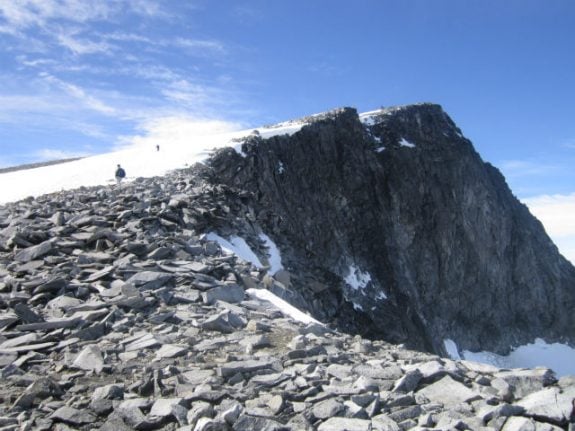The broadcast was stopped ahead of schedule Monday, reports newspaper Aftenposten.
Previous ‘slow TV’ shows include a live broadcast of the train journey from Bergen to Oslo and transmission of the 134-hour voyage of the 'Hurtigruten' (Fast Route) ferry making its way through the fjords.
But the most recent addition to the genre broadcast by Norwegian station NRK, minute-by-minute coverage of reindeers migrating from their winter home on the Finnmark plains to summer grazing areas on the island of Kvaløya, has not quite had the expected finale.
Over a million viewers have watched the hundreds of reindeer moving through the snowy landscape.
But the meditative transmission will now be put on hold, reports Aftenposten.
The decision was taken after the 31-strong production crew found no trace of movement by the animals on Friday afternoon, meaning filming was put on hold until Monday.
The animals are still some way from what NRK hoped would be the finale to the broadcast – the swim from the mainland to Kvaløya – initially planned for broadcast on Friday April 28th, having started later and taken a longer route for their migration, reports Aftenposten.
Transmission has therefore been put on hold until further notice out of consideration for the working conditions of the crew, according to NRK.
“It is first and foremost a matter of time. We have stretched the elastic as much as we can with regards to our staff. We cannot get a replacement team so far out in to the wild,” producer Ole Rune Hætta told Aftenposten.
READ ALSO: Reindeer police stop Norwegian far north from going Wild West
Hætta assured that the swim over the strait to the island would be broadcast once the animals reached the end of their migration – but could not give a definite prediction of when that might be.
It might happen on Thursday, Friday or Saturday,” Hætta told NRK Sàpmi.
Previous days’ episodes of the slow TV show can be enjoyed on NRK’s website in the meantime.



 Please whitelist us to continue reading.
Please whitelist us to continue reading.